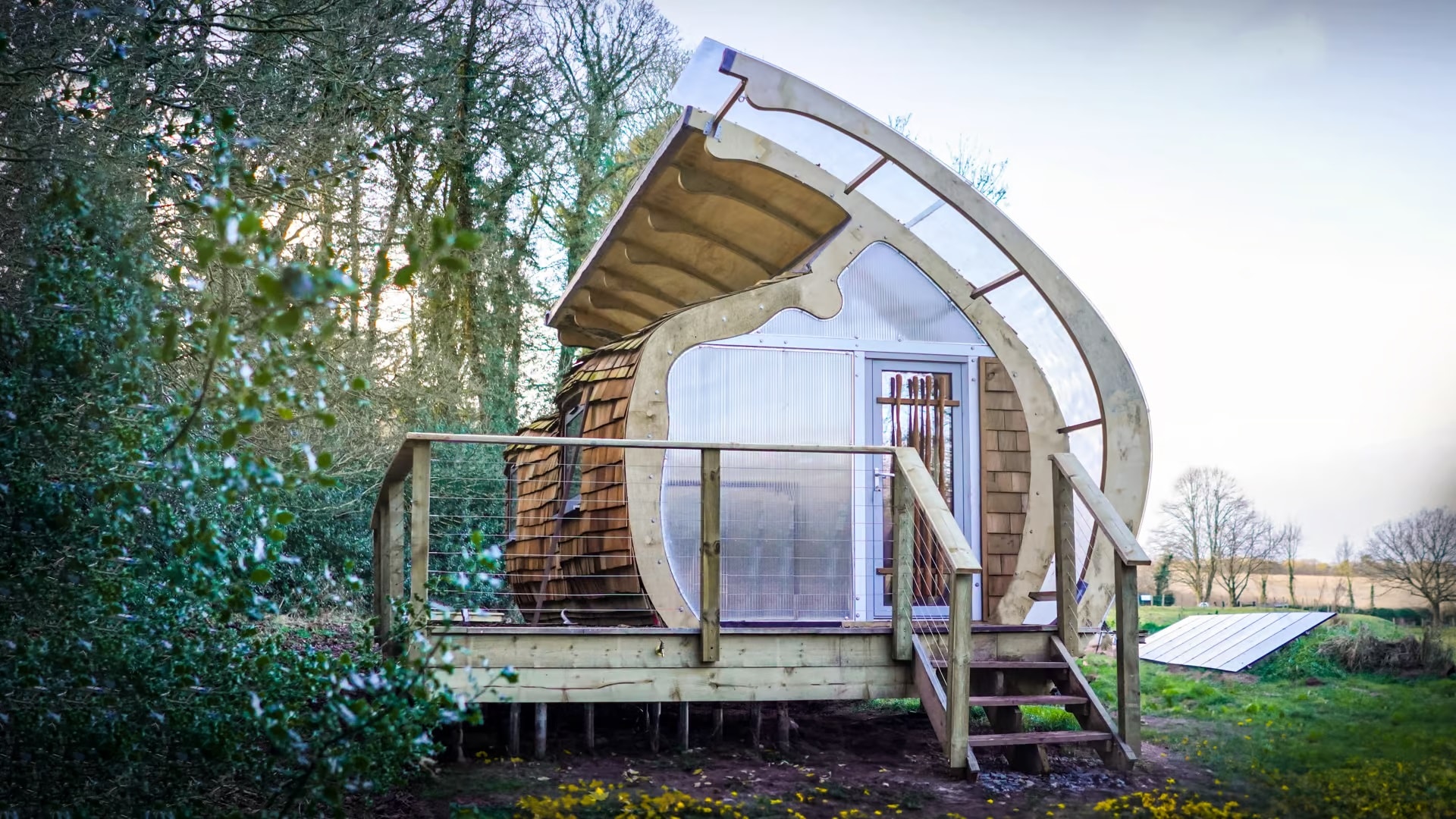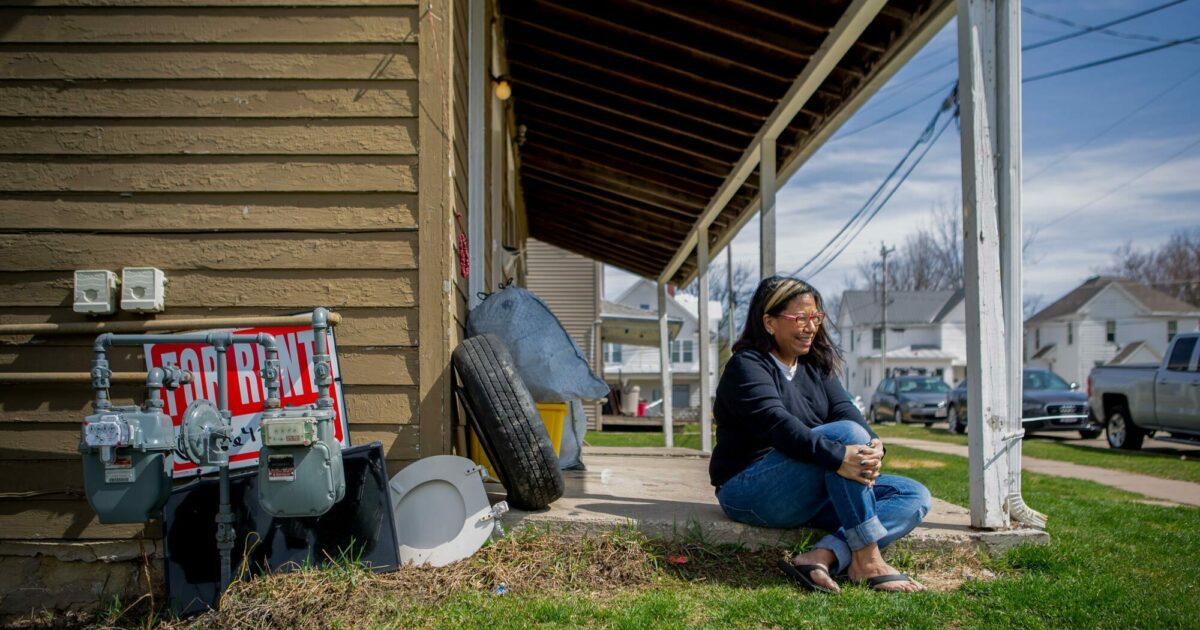Before visiting the Louisville Manufactured Home Show this month, I thought I knew what a “mobile home” community was. But like a lot of people, I was surprised by just how nice the newer ones are.
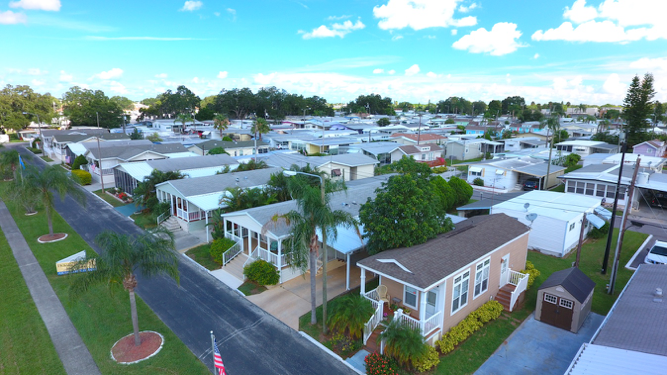
Manufactured homes are a popular type of housing for those who want to own their home for less or who simply enjoy the lifestyle. It is estimated that about 5.6 percent of Americans—about 17.7 million people—live in manufactured homes.
Roughly two-thirds of manufactured homes in America are placed on private land, but the rest are situated in manufactured home communities, often called “mobile home parks.”
These communities come in many varieties, targeted at different portions of the population. There are some that cater exclusively to seniors, providing services and companionship for those of retirement age. Others emphasize luxury, with many amenities and an emphasis on appearances.
Here are a couple of types that many people don’t realize exist:
Resident-Owned Communities
In Resident Owned Communities, homeowners join together to form a business entity called a cooperative. The cooperative owns the land and manages the community, and each homeowner owns a share of the land.

This arrangement gives residents control of monthly rent, maintenance, amenities, and improvements. It also provides security against unfair evictions. Decisions are made by a board of directors within the community.
Investors as Owners
Developers usually turn raw land into townhouses, apartment buildings, and even modular and site-built, rent-to-own single-family houses.
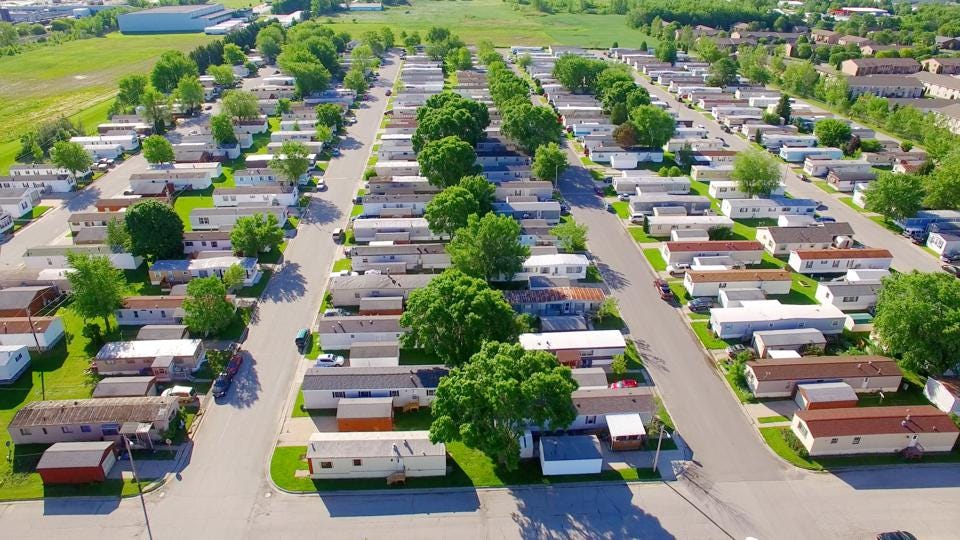
Owning manufactured home communities can lead to consistently good rates of return, and that has brought investors into the picture. These investors include everything from big-name real estate investment trusts and private equity funds to regional investors.
On the downside of this, Investors who are looking at increasing their profit margins may put fewer resources into the communities they own while asking for higher rent, knowing that residents cannot easily pick up and move.
Family-Focused Communities
The largest age group of mobile home residents consists of those from 18 to 29 years; this demographic makes up about 23 percent of the manufactured home population.

Many parks are great for family life. All ages are welcome, and there are perks for family-focused residents. In family-oriented parks, the benefits of manufactured homes over apartments can be seen. Families may have their own yard space where kids can play, and the lack of shared walls can be fully appreciated when babies cry at night.
Some communities offer amenities that appeal specifically to families. They may have swimming pools or playgrounds as well as organized community activities.
Retirement/55+ Communities
One of the largest (and fastest-growing) types of specialty communities is the senior or retirement community. This type of community is popping up all over the country in greater numbers, especially in areas where retirees tend to gather, such as Arizona and Florida.
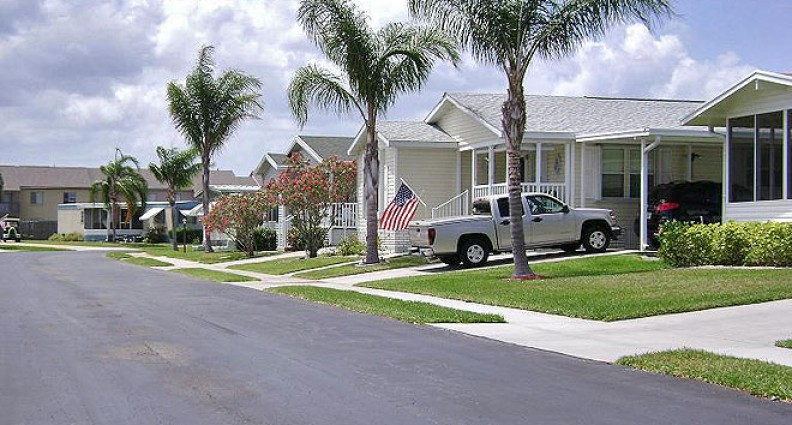
Senior communities tend to have more amenities and services than, for example, budget parks. They can be small or very large. The biggest ones might have community centers, hair salons, swimming pools, tennis courts, shuffleboard, bingo nights, dances, and more.
Luxury Communities
Manufactured homes have come a long way, but many people still aren’t aware of just how luxurious a manufactured home community can be. In highly desirable areas with extremely expensive real estate, a mobile home can be a way to own a piece of paradise.
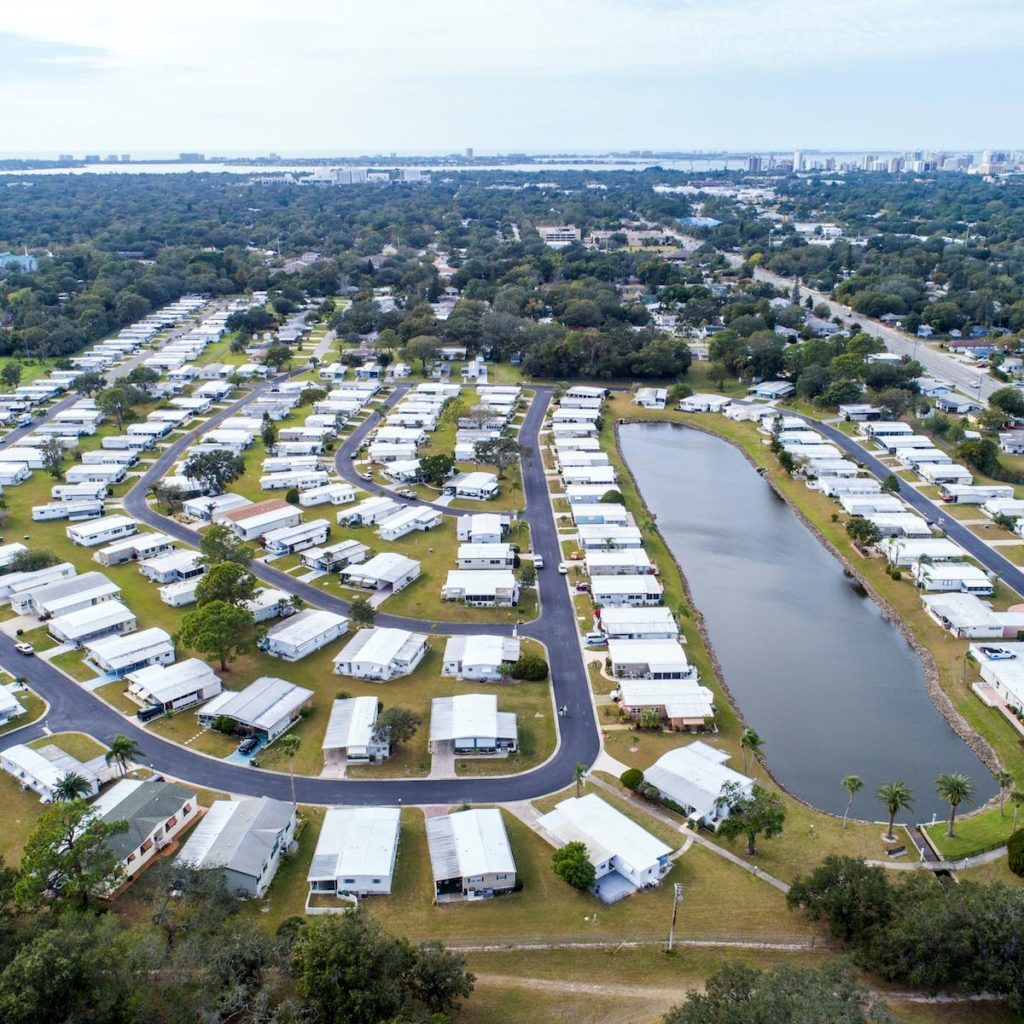
Trying to find a conventional home in some areas of California and Colorado under $4,000,000 is tough. Enter the Luxury Manufactured Home Community where prices for new homes can sometimes run into the millions. That’s right, a manufactured home costing over a million dollars in these states is quite common.
CLICK HERE to read the entire HOMEiA article
Gary Fleisher, Contributing Editor

